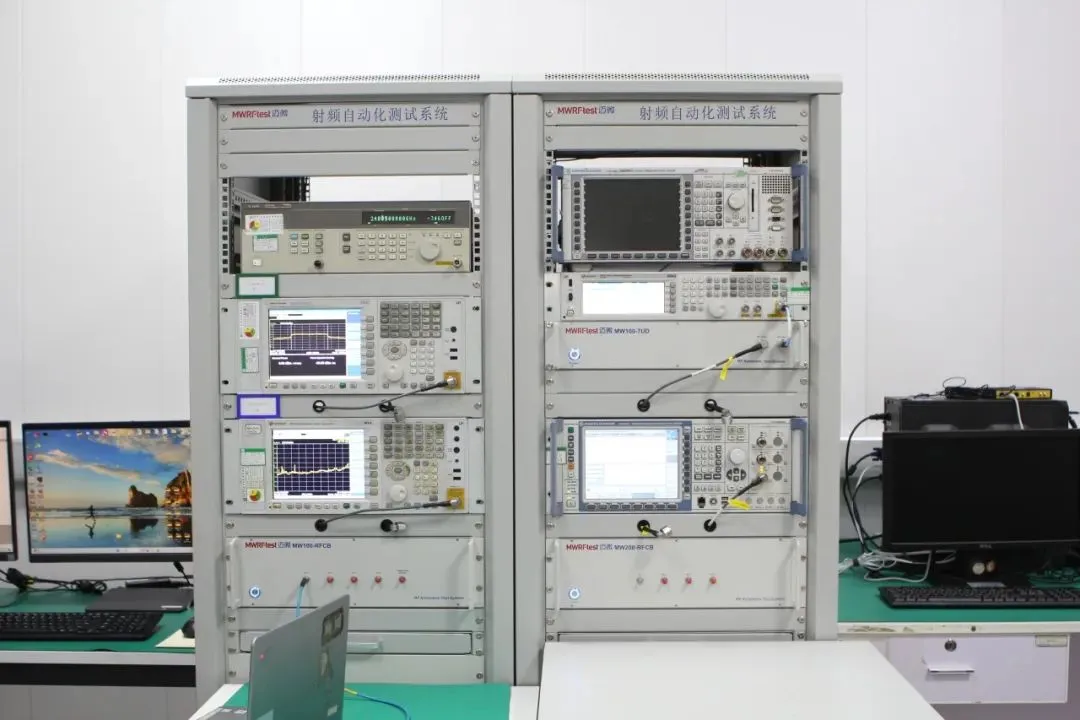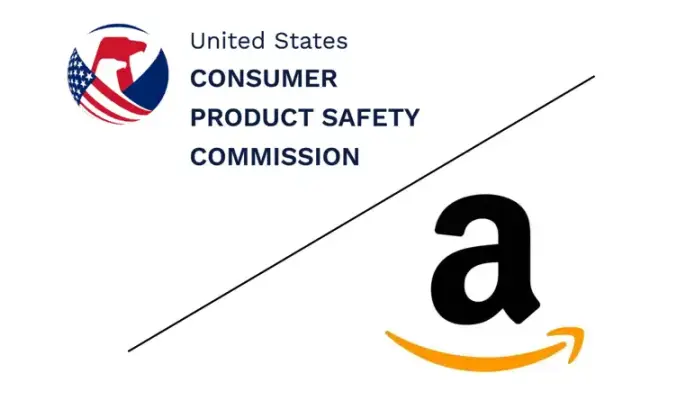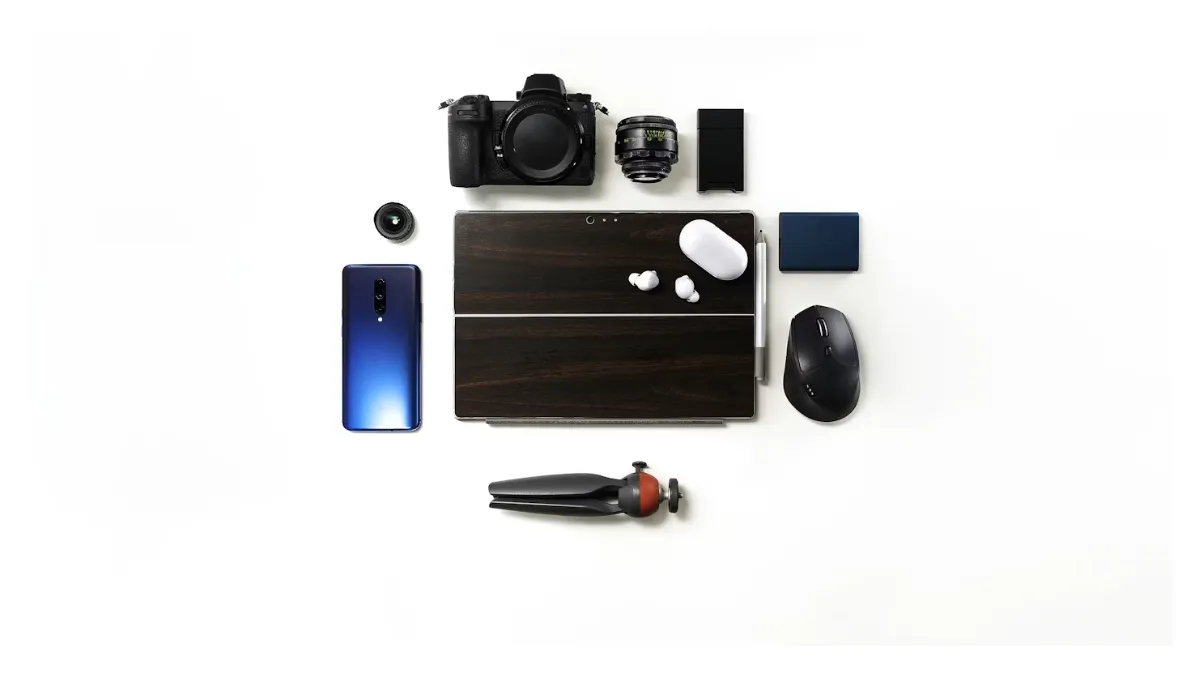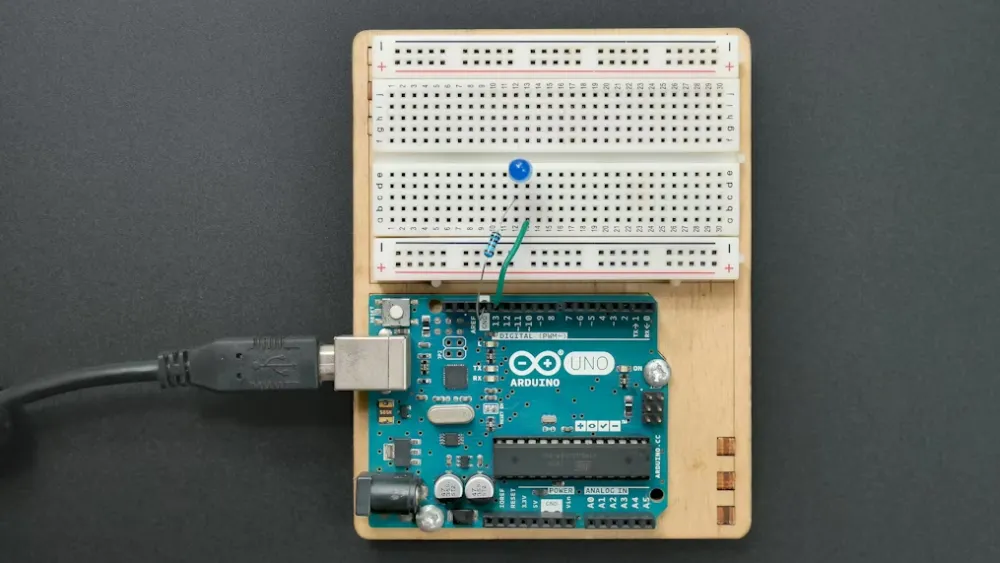
Projection Lamp PSE Certification
What is pse certification for Projectors?
PSE certification is a mandatory safety requirement based on Japan’s Electrical Appliance and Material Safety Law (DENAN Law). It is requiRED before projectors and projection lamps can enter the Japanese market.

Background of PSE Certification
a. PSE (Product Safety of Electrical Appliances and Materials) certification is a compULsory system in Japan.
b. It aims to ensure the safety and environmental complianceof electrical products.
c. There are two categories:
① Specified Electrical Appliances: Requires third-party testing and a diamond-shaped pse mark.
② Non-specified Electrical Appliances: Allows self-declaration or third-party testing, followed by a circular PSE mark.
Applicable Standards for Projectors
① The main standards for projector PSE certification are J62368and J55032.
② These standards are localized versions of international IEC standards.
③ They assess electrical safetyand electromagnetic compatibility (EMC).
④ Note: Immunity testing (IEC 55035) is not requiredin Japan for projectors.
Classification of Projection Lamps under PSE
Projection lamps are classified under Non-specified Electrical Appliances, requiring a circular PSE mark.
Why?
① The core safety risks involve electric shock and fire hazards.
② They do not contain high-voltage circuits or complex structures.
③ They are not listed in METI’s 2023 catalog of “Specified Electrical Appliances” (which contains 33 categories).
PSE Testing Requirements for Projection Lamps
1. Electrical Safety
① Dielectric strength (withstand voltage) testing
② Insulation resistance testing
③ Grounding continuity test (if grounding is designed)
④ Abnormal condition testing (e.g., overload, short-circuit protection)
2. Mechanical and Material Safety
① Enclosure protection rating (e.g., IP20 or higher for indoor use)
② Flame resistance of housing materials (typically UL94 V-2 or better)
3. Functional Safety
① Protection against electric shock (e.g., isolation of live parts, enclosure openings)
② Photobiological safety (IEC 62471 compliance if UV or high-intensity light is present)
4. Labeling and Documentation
① Nameplate must clearly state rated voltage, power, and manufacturer
② User manual must be in Japanese, including operation warnings and maintenance instructions
PSE Certification Process at JJR Laboratory
Step 1: Confirm Product Category
1. Check METI’s official list of specified electrical appliances
2. Most projection lamps fall under Non-specifiedcategory, requiring a circular PSE mark
Step 2: Prepare Technical Documentation
Required documents include:
1. Circuit diagram
2. BOM (Bill of Materials for key components)
3. Product specifications
4. Flame resistance report for casing materials
5. Drafts of nameplate and user manual (in Japanese)
Step 3: Conduct Testing at JJR Laboratory
1. Testing duration: Approximately 10–15 working days(depending on sample condition)
2. Output: Test report in compliance with Japanese standards
If a CB report is already available, only Japan deviation testing is required
Step 4: Certification Review and Issuance
1. Submit test report and documents to a certification body in Japan (e.g., CQC Japan, JET)
2. pse certificate is typically issued within 1–2 weeks
Step 5: Labeling and Import Filing
1. Affix the circular PSE markon the product (minimum diameter: 5 mm)
2. Submit the PSE certificate and import declaration to Japanese Customs for filing
Additional Note on Lithium Battery Models
If the projection lamp contains a lithium battery(common in portable models):
1. It must comply with Japan’s JIS C 8712lithium battery safety standard
2. Battery testing should be discussed with the lab in advance
Let me know if you need this content exported as a PDF, Word document, or formatted for a website.
More: emc test lab | ce marking in usa | wercs certification | reach rohs compliance
Email:hello@jjrlab.com
Write your message here and send it to us
 Infant Support Pillow 16 CFR 1243/1242 & ASTM
Infant Support Pillow 16 CFR 1243/1242 & ASTM
 BRM Registration Card Under CFR Part 1130 Regulati
BRM Registration Card Under CFR Part 1130 Regulati
 How to get a D-U-N-S® Number for US FDA Registrati
How to get a D-U-N-S® Number for US FDA Registrati
 Household Massage Devices Compliance in the China
Household Massage Devices Compliance in the China
 Compliance for the Global In Vitro Diagnostic (IVD
Compliance for the Global In Vitro Diagnostic (IVD
 Compliance Guide for Nebulizers in European and Am
Compliance Guide for Nebulizers in European and Am
 Cybersecurity Certification Service for EU RED Dir
Cybersecurity Certification Service for EU RED Dir
 ANATEL Certification Compliance Guide for Brazil M
ANATEL Certification Compliance Guide for Brazil M
Leave us a message
24-hour online customer service at any time to respond, so that you worry!




